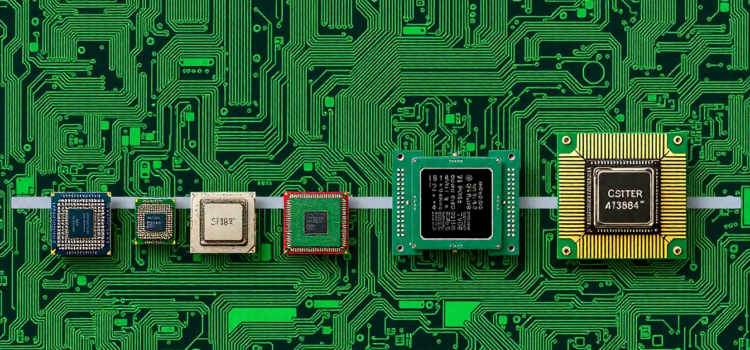
Linux Kernel Discontinues Support for 486 and Early 586 Architectures After Nearly 30 Years
Introduction
The Linux Kernel has officially ended its support for the Intel 486 and early 586 architectures, marking a significant milestone in the evolution of open-source development. After nearly three decades of sustaining these processors, the Linux community has chosen to move forward, shedding light on the future of kernel development. This blog post explores the broad implications and the reasons behind this strategic decision.
The Impact of Ending 486 and Early 586 Support
Introduced in 1989, Intel’s 486 chips rapidly gained popularity, laying a foundation for the computer revolution that followed. By phasing out support for the 486 and early 586 processors, famously associated with the initial Pentium series, the Linux Kernel is not merely closing a chapter but fostering an environment that prioritizes modern architectures. This transition will primarily affect legacy systems, as the majority of Linux users have since embraced updated hardware.
The impact of this decision is expected to be minimal, as very few systems still run on the outdated architectures. The move facilitates a streamlined kernel development process that enhances performance and increases efficiency.
Benefits of Kernel Streamlining
Discontinuing support for these legacy architectures allows developers to focus their efforts more effectively, enhancing codebase efficiency and system performance. By eliminating outdated elements, the Linux community positions itself to address modern-day needs and challenges with greater agility and precision.
Advantages include:
- Improved kernel performance on modern architectures
- Reduced complexity in the kernel codebase
- Increased focus on current and future architecture integration
Looking Ahead: The Future of Linux Kernel Development
With the shift away from early architecture support, the Linux Kernel community is poised to tackle new frontiers. As the landscape of processing technology evolves, the focus will undeniably shift towards more advanced innovations that promise to redefine computing’s potential.
As the end of 486 architecture support heralds a fresh approach, it prompts vital discussions on the pace of technological advancement and the critical need for adaptability in an ever-changing environment.










Comments